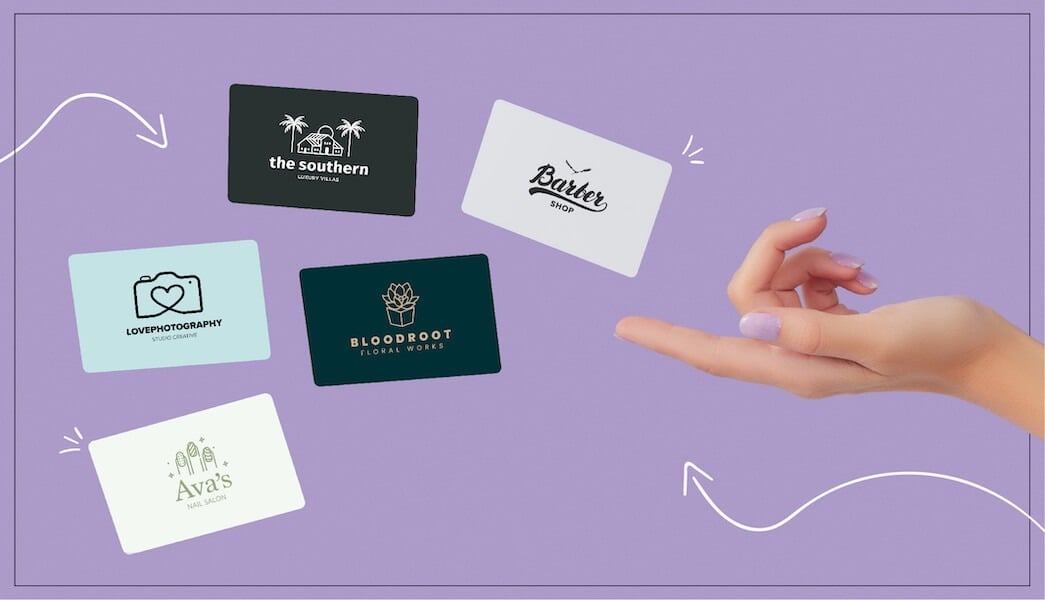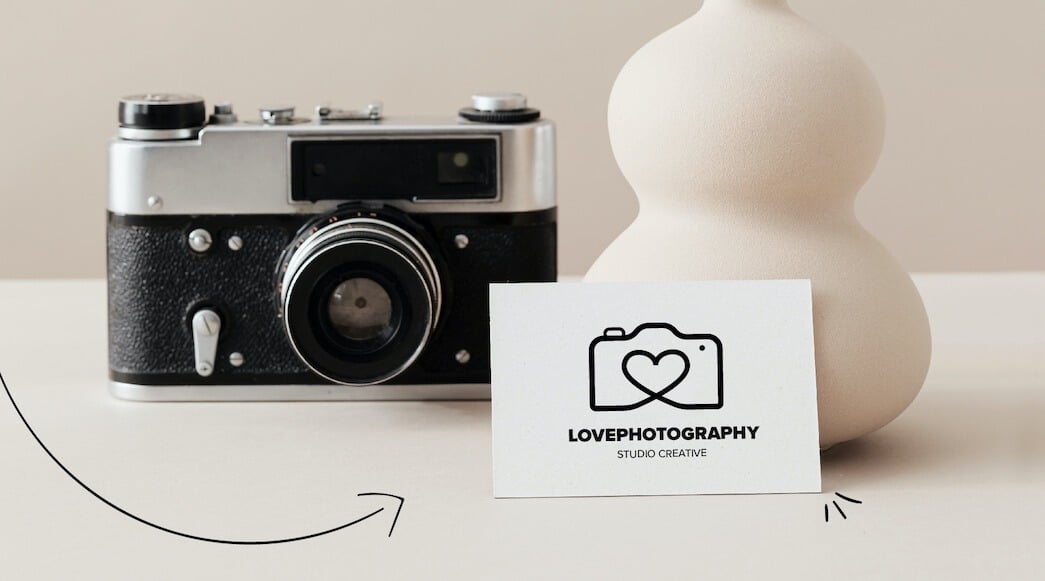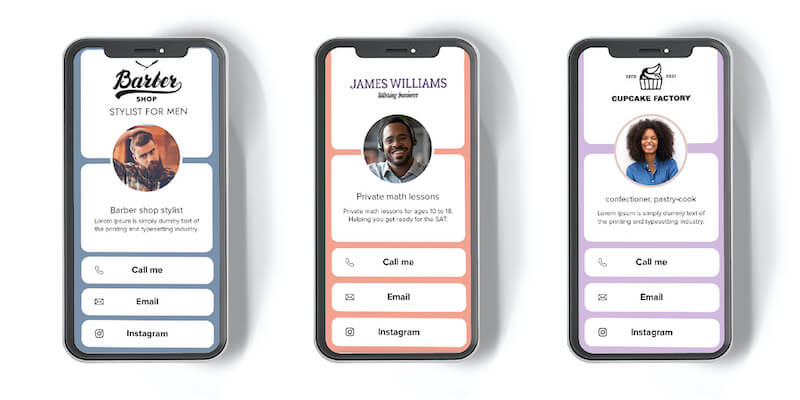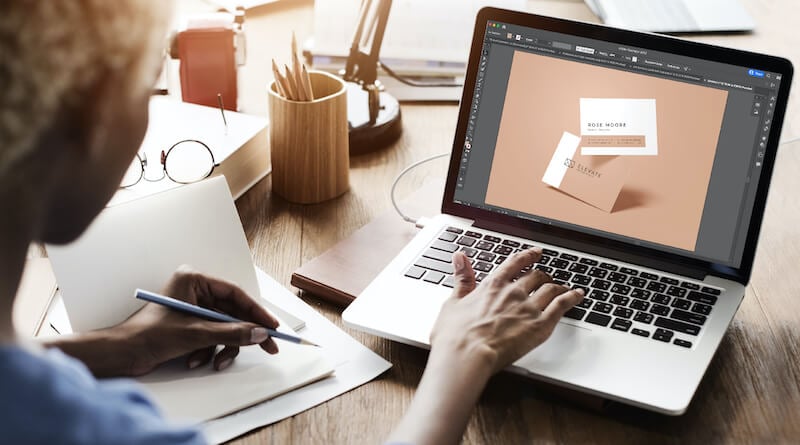
The digital age has changed how we communicate—we know, you know this. For some professions, it’s even replaced face-to-face contact — doctors can meet patients online, lawyers can zoom with their clients, and digital sales teams create websites to market their products. Things have changed.
These advancements can bring into question traditional marketing items like business cards. Do we need business cards to connect with customers in the digital age?
While you may think business cards are of the past, they’re still used for networking and marketing. Business cards help make a lasting impression with a business prospect and help build your future.
There are plenty of uses for business cards. They can be used as an introductory tool for new clients or help you stay in touch with old ones. They can help your employers, investors, or business partners keep tabs on you. You can even use them as a marketing tool!
But does that mean you need one? You may need digital business cards if you are:
No matter your business, profession, or job title, business cards strengthen your professional network and help establish a stronger brand.

With something as small as a business card, you may wonder, do they even work? And the answer is yes. Even though we’re technologically evolving and enhancing the way we communicate, business cards remain an important tool in multiple areas of business life.
Here are some of the reasons why you may need a business card:
Moreover, there are many instances where business cards can be useful:
Overall, business cards effectively build relationships and increase brand awareness and customer loyalty.

Today, many companies offer digital business cards. And why wouldn’t they? Digital business cards are an online version of a business card that can be used across multiple platforms. Think of it like a business card that goes wherever the customer’s phone goes (and they go everywhere). With a digital business card, you stay connected to your customers while standing out from your competitors.
A digital business card can be easily shared via:
Plus, creating a digital business card is quick to do. You don’t need days and days to design and print your cards out. An easy-to-use interface lets you simply enter your personal information and create a custom design. In less than five minutes, your digital business card is ready to go.
Aside from electronic business cards being easy to create, they’re usable anywhere and everywhere — there just needs to be internet access.
Digital business cards can also give you the power to:
Though digital cards are convenient and efficient, there are some pitfalls to them:
Ultimately — digital or paper — business cards are valuable marketing tools that can help you build your business. Both forms have their uses, so it’s up to you to decide which one suits your business needs the best.

When creating your business card, you want to make sure you get your point across within seconds (first impressions matter). It’s important that the person receiving your card won’t discard it without reading it.
Secondly, you want to make sure you include all your essential business info and details such as:
Logo — be sure to have your logo on your business card. If you need one, use a logo maker to help streamline the process.
Tagline — the way to stand out is to create a tagline your recipient will remember you by.
Website — choose a domain name that is easy for people to remember.
Contact information — this should be your main focal point. Your information needs to be accurate, current, and include correct spellings. Providing QR codes is always a plus as well!
Social media profiles — if you have them, attach your social media account names to your business card.
Print size — if you choose a paper business card, choose a reasonable print size and font. Make it easy to read — do not overcrowd.
A picture — if you can, include a picture of yourself on your business. Your recipient may remember your face if you do so!
Any other essential links — add any other links to your business card that you think someone might need or appreciate, such as a coupon code.
Overall, designing your own business card allows you to ensure that your business and are being reflected to your customer. Don’t pass up the chance to promote yourself and your company, create a business card today!